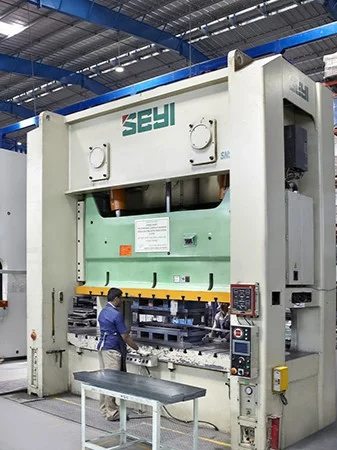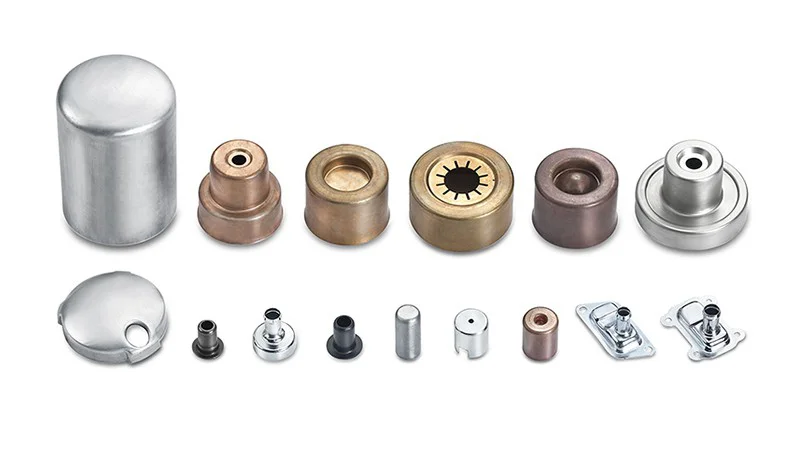

At Blanking & Forming Stamping, we offer a comprehensive range of fine stamping services tailored to meet the diverse needs of our clients. With our commitment to precision, quality, and reliability, we ensure that each component we produce meets the highest standards of excellence. Here are the key service details we provide: We are committed to continuous improvement and innovation in all aspects of our operations. We invest in ongoing training and development for our team members to ensure that we stay at the forefront of industry trends and technological advancements.
In our power press department, we specialize in conventional stamping and forming processes. Depending on the quantity required, we utilize either automated feed systems or manual placement of parts. Our capacity in this area ranges from 9 to 450 tons, allowing us to work with a wide variety of raw materials including carbon steel, stainless steel, brass, copper, aluminum, elgiloy, inconel, hastelloy, and more.
Similar to our fourslide capabilities, our tool room is equipped to design and build specific tooling tailored to your needs. Our goal is to design tools that can accomplish as much forming as possible directly in the die, thereby reducing or even eliminating the need for secondary operations, which can add unnecessary costs.
Whether it's optimizing production workflows, implementing advanced quality control measures, or exploring novel materials for stamping applications, we are always looking for ways to push the boundaries of what is possible in fine stamping.


Deep drawing is a highly versatile process widely used in industries ranging from automotive to household appliances. Its ability to produce complex shapes with tight tolerances makes it indispensable for manufacturing various components such as cans, cups, sinks, and automotive body parts. Additionally, deep drawing offers advantages in material utilization and waste reduction compared to traditional machining methods. By minimizing material waste and maximizing efficiency, deep drawing not only lowers production costs but also contributes to sustainable manufacturing practices. As technology advances, innovations in materials and equipment continue to enhance the capabilities and efficiency of deep drawing processes, further solidifying its position as a cornerstone of modern manufacturing.